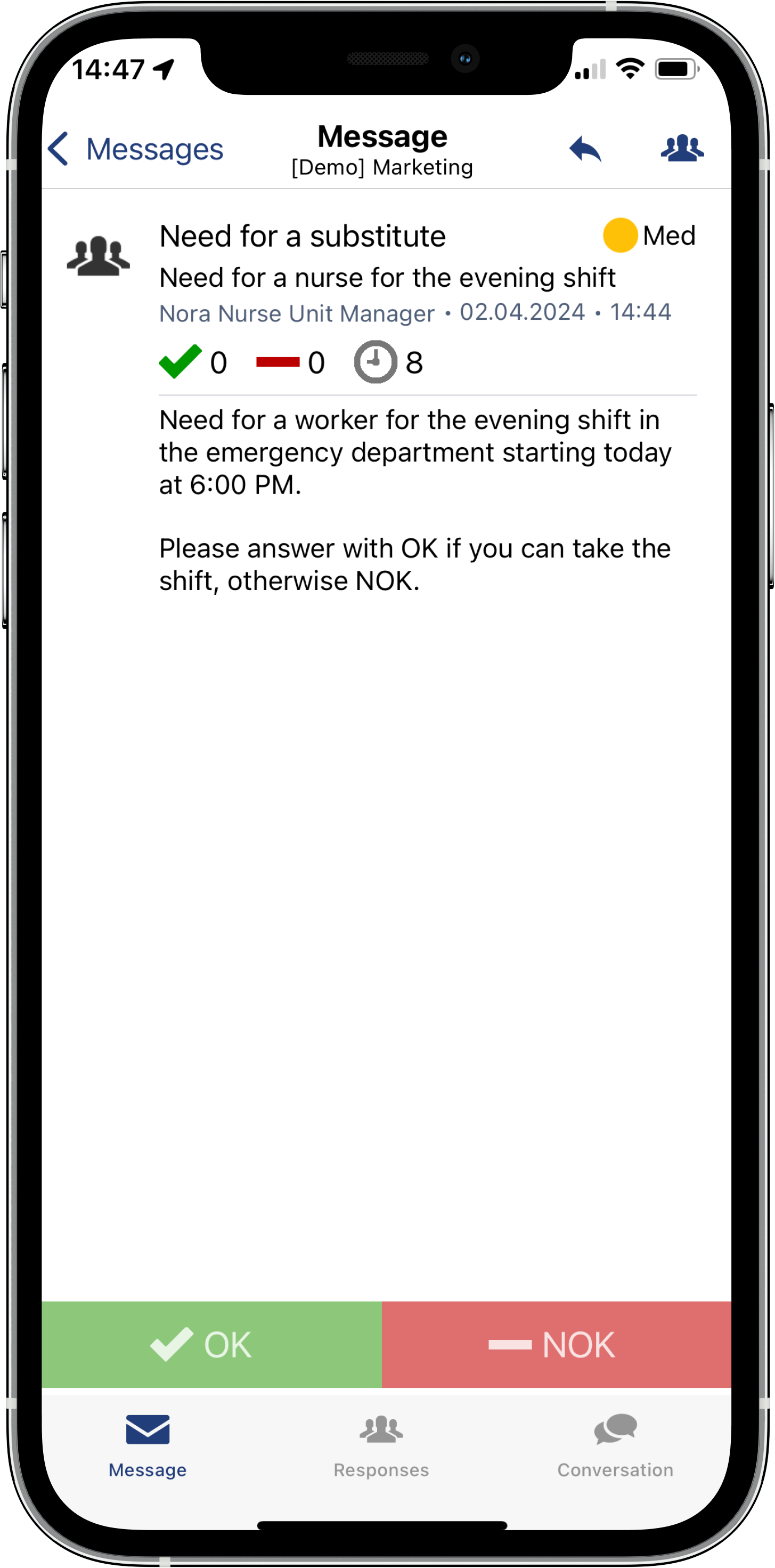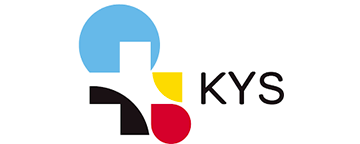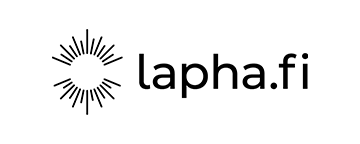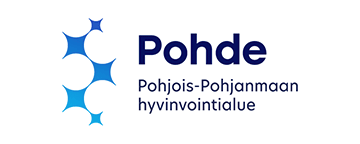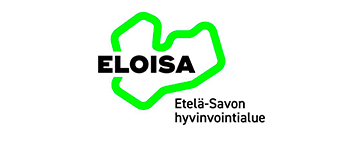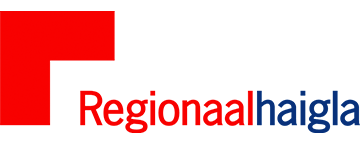
Payback time 1 month
No separate costs for phone call chains or text message inquiries. Costs don’t increase as the number of messages grows.
Save working time
Automatic sending of work shift alerts and the communication related to them reduces time-consuming phone call and text message chains.
React faster
Helps react immediately, for example, to absences due to illness, by sending work shifts alerts to available personnel.
Customers
Over 100 000 professionals use Secapp

“One of our nurses said that she had never fallen in love with any application, but with Secapp she has.”
Marika Heiskanen, service secretary, wellbeing services county of Southern Savonia, Eloisa
BENEFITS
Improve the employee experience
Paging
What does Paging contain?
Secapp enhances the paging process and significantly saves people’s working time. It facilitates, for example, finding substitutes for sudden absences or reaching on-call personnel. Sending a work shift alert can be done quickly and easily through the mobile application or browser across multiple different channels. The system also offers an integration possibility for automatic contact information management.
